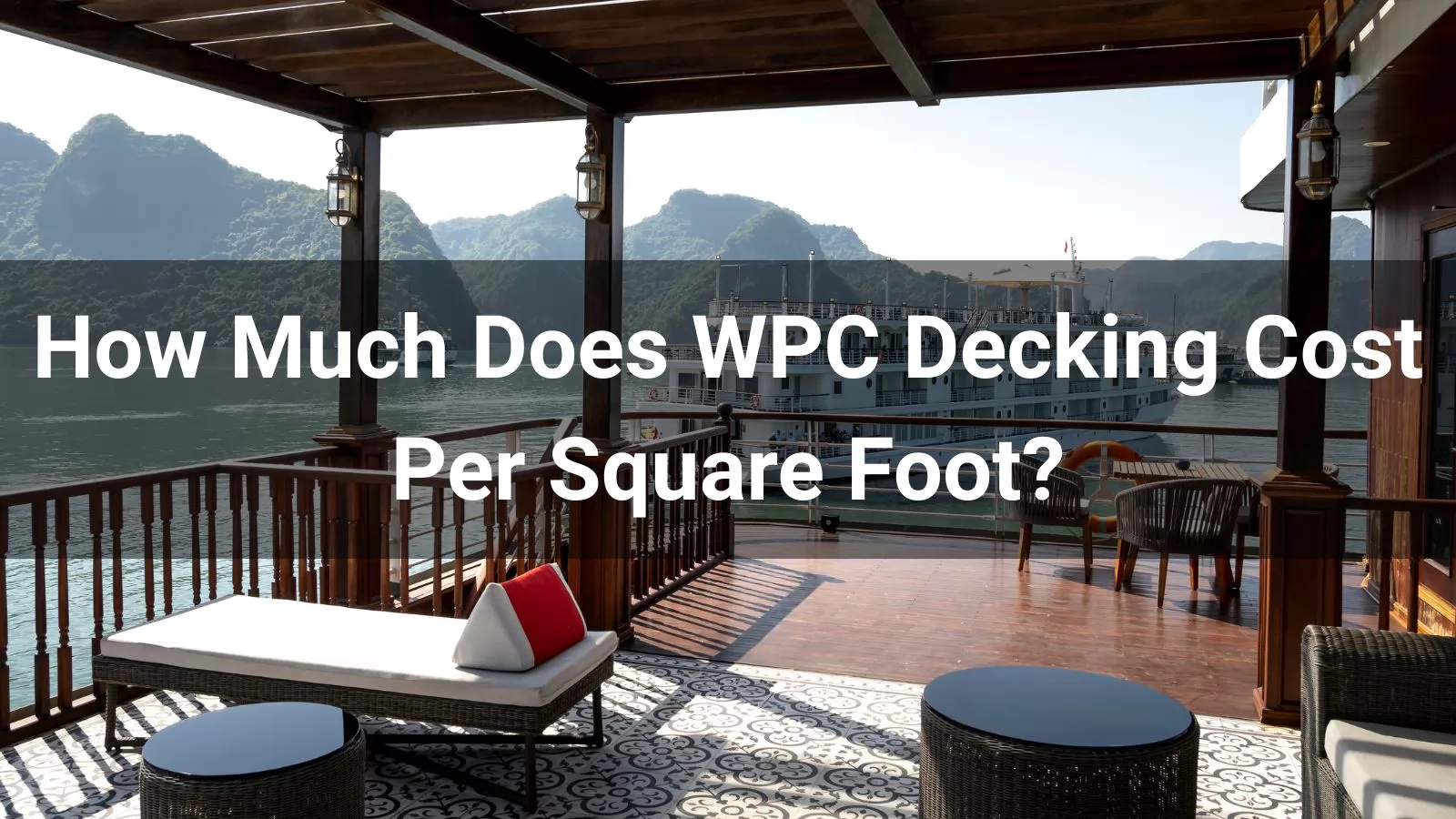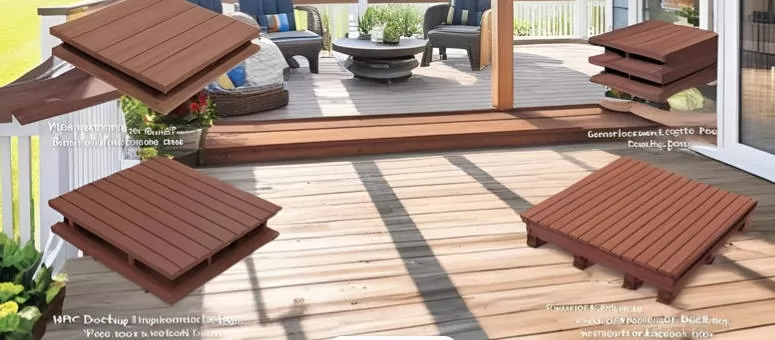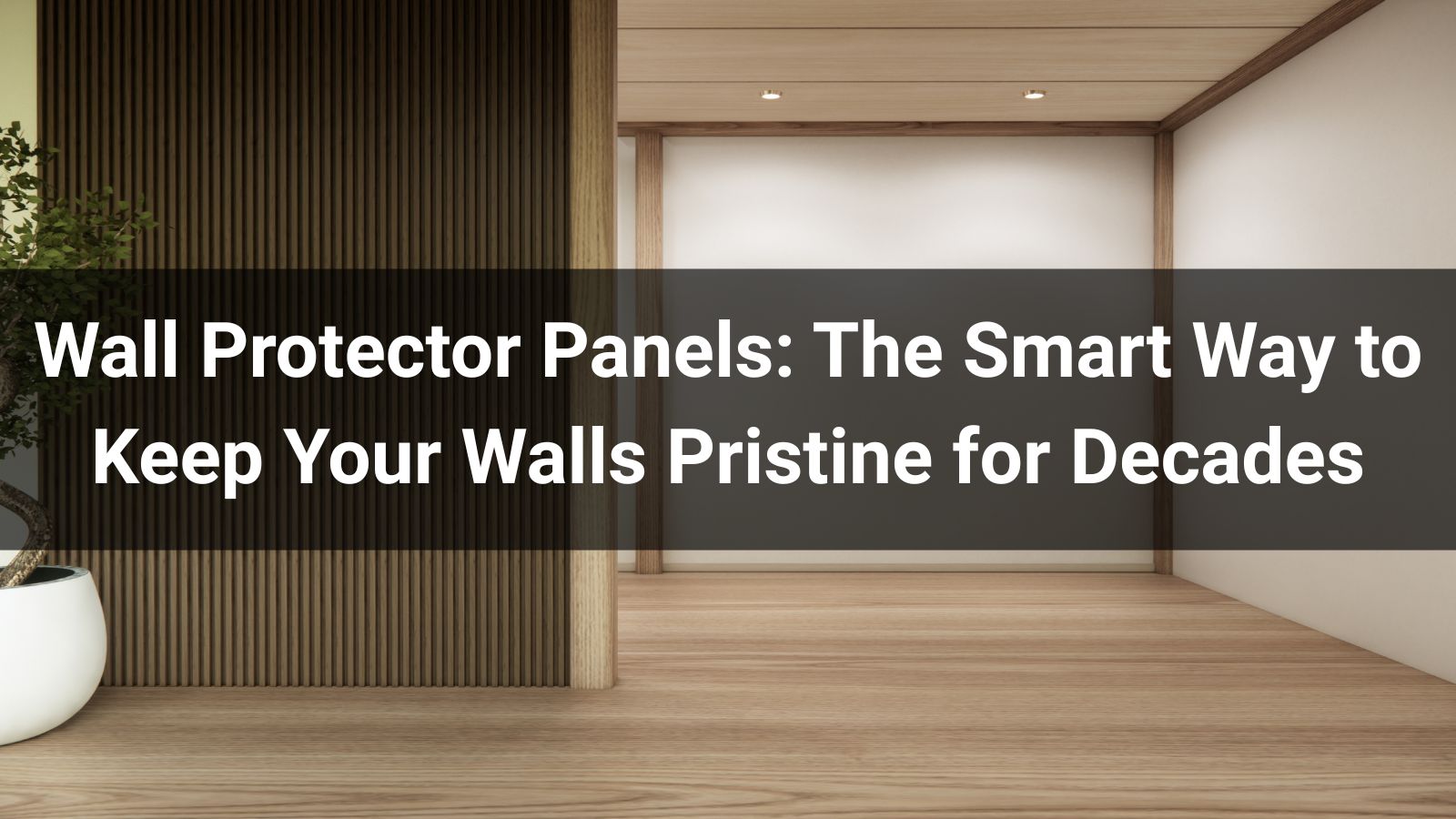

Wood-plastic composite (WPC) decking is a popular choice for homeowners seeking a durable, low-maintenance outdoor space. Understanding the cost per square foot is key to budgeting for your project. This guide breaks down the average costs, factors influencing pricing, and ways to save, with all costs presented per square foot where applicable.
The average cost of WPC decking ranges from $8 to $20 per square foot, including materials and professional installation. Basic WPC decking starts around $8–$12 per square foot, while premium options with advanced features like enhanced UV protection or unique textures can reach $15–$20 per square foot. These figures assume a standard rectangular deck with minimal site preparation. For a 200-square-foot deck, expect to pay $1,600–$4,000 total.

The size of your deck is the primary cost driver. WPC decking is priced per square foot, so larger decks increase both material and labor expenses. For example, a 100-square-foot deck at $10 per square foot costs $1,000 for materials alone, while a 400-square-foot deck at the same rate costs $4,000. Accurately measuring your planned deck area is crucial for budgeting. Complex layouts requiring more cuts or custom shapes can also raise costs slightly due to increased labor and material waste.

Several variables beyond size influence the total cost per square foot. These include the type, material, brand, shape, site preparation, and additional features. Each factor can significantly impact your budget, so understanding their role is essential.
WPC decking comes in various types, such as capped or uncapped composites. Capped WPC, with a protective outer layer, costs $10–$20 per square foot and offers better resistance to fading and staining. Uncapped WPC is cheaper, at $8–$14 per square foot, but may require more maintenance over time. Your choice depends on durability needs and aesthetic preferences.
WPC decking is made from a blend of wood fibers and plastic, but the quality varies. Higher-grade materials with more recycled content or advanced polymers cost $12–$18 per square foot. Budget-friendly options, often with lower wood-to-plastic ratios, range from $8–$11 per square foot but may not last as long. Always check the material’s warranty—premium WPC often comes with 25–50-year guarantees.
Brands like LvsenWood, TimberTech, and Fiberon dominate the WPC market, with costs varying by reputation and quality. Trex offers options from $9–$18 per square foot, while TimberTech’s premium lines can hit $15–$20 per square foot. Lesser-known brands may start at $8 per square foot but could lack the same durability or warranty. Researching brand reviews and warranties helps ensure value for money.
Standard rectangular decks are the most cost-effective, typically costing $8–$15 per square foot. Custom shapes, like curved or multi-level decks, increase material waste and labor, pushing costs to $12–$20 per square foot. Complex designs may also require additional framing, further raising expenses. Simplifying your deck’s shape can keep costs down.
Site conditions affect costs significantly. Level, accessible sites require minimal preparation, adding $1–$2 per square foot. Uneven terrain, tree removal, or old deck demolition can add $3–$5 per square foot. If permits or inspections are required, factor in $100–$500 total, depending on local regulations. A professional site assessment can help estimate these costs early.
Features like railings, lighting, or built-in seating increase costs. Composite railings cost $20–$50 per linear foot, or roughly $2–$5 per square foot of deck area. LED lighting adds $2–$4 per square foot, while pergolas or privacy screens can add $10–$20 per square foot. Prioritize add-ons that align with your budget and lifestyle to avoid overspending.
Professional installation typically costs $4–$8 per square foot, depending on complexity and location. Basic decks on flat terrain fall at the lower end, while multi-level or custom-shaped decks hit the higher end. Labor costs in urban areas or regions with high demand may be 10–20% more. Always get multiple quotes from licensed contractors to ensure competitive pricing.
DIY installation can save on labor, reducing costs to $8–$12 per square foot for materials alone. However, you’ll need tools like saws, drills, and levels, which may cost $100–$500 if not already owned. DIY is feasible for simple designs but risky for complex projects, as mistakes can lead to costly repairs. Factor in your skill level and time commitment before deciding.

To reduce expenses, consider these strategies:
Choose a simple design: Stick to rectangular shapes to minimize material waste and labor.
Compare brands: Opt for mid-range brands with strong warranties instead of premium ones.
Buy in bulk: Purchase materials during off-season sales (e.g., winter) for discounts.
Limit add-ons: Skip non-essential features like lighting if budget is tight.
Partial DIY: Handle site prep or finishing tasks yourself to cut labor costs.
Get multiple quotes: Solicit at least three contractor bids to find the best price.
By planning carefully and prioritizing cost-effective choices, you can build a WPC deck that fits your budget while maintaining quality and durability.











